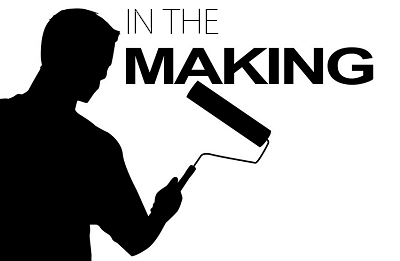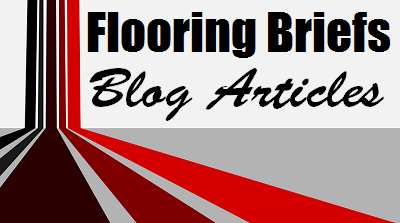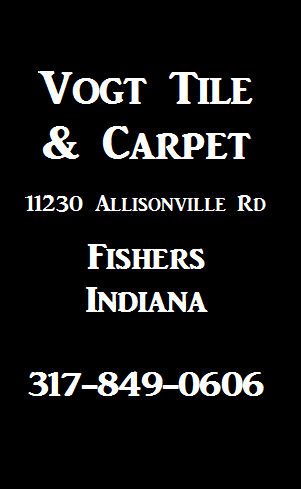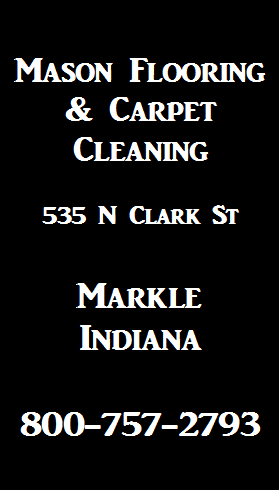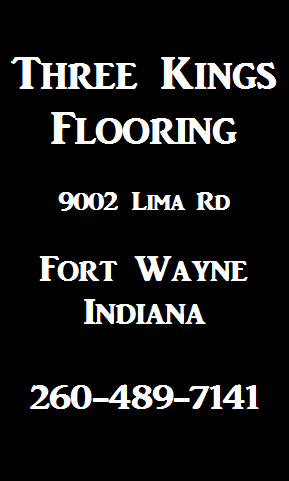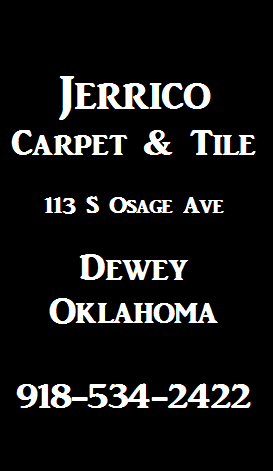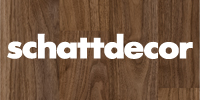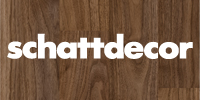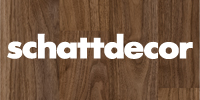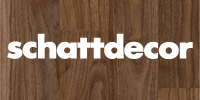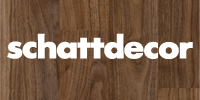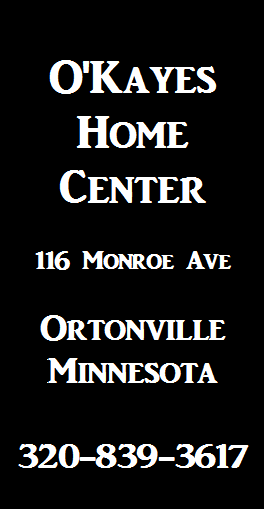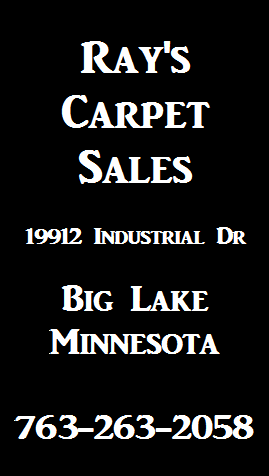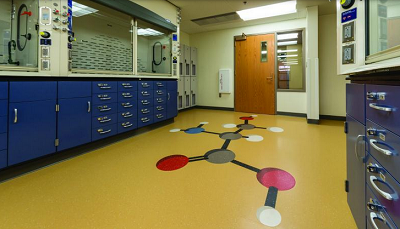
Laboratories, highly controlled facilities, rely on technology and performance attributes of the built environment to keep researchers safe and compliant.
Hazards such as biocontamination, electrostatic discharges and exposure to volatile organic compounds (VOCs) are just a few of the challenges that designers may face when they are specifying products in controlled spaces. Failure to comply with safety and regulatory guidelines can cause delays in research, resulting in unplanned expenses, project extensions and potential loss of funding.
Today, laboratory design is focused on cutting costs through flexible and multipurpose spaces, as well as extending the facility’s lifespan through the use of sustainable materials. Products specified for a laboratory facility must fulfill a multitude of performance requirements, while satisfying numerous challenges to mitigate risk and minimize downtime. The properties of rubber flooring make it an ideal solution for laboratory design.
A SCIENTIFIC APPROACH TO FLOORING SELECTION
Specifying flooring for any building project starts by determining the desired outcomes for the space and then selecting the appropriate product to match those outcomes. Evidence-Based Design (EBD) allows a project team to select materials and products based on credible scientific research. This approach helps quickly narrow the selection process while allowing specifiers to calculate the long-term value of a product as it interacts with people and conditions in the built environment.
SAFETY FIRST
Flooring plays a key role in addressing these concerns. Safety is a top priority in any laboratory—therefore, flooring selection should focus on factors such as reducing slips, trips and falls, preventing surface contamination and enhancing indoor air quality (IAQ). Flooring with an extremely dense, closed surface, such as premium rubber, is inherently resistant to bacteria and germs. It also offers a high coefficient of friction (COF) to help prevent falls in the workplace.
Laboratory spaces also demand a highly sterile environment, making cleanliness a top priority. Staining and chemical spills occur frequently in laboratory settings, so choosing a floor that is both impervious to staining and easy to clean will help prevent cross-contamination. Flooring materials that require little more than water for cleaning will not compromise IAQ like chemicals can.
SCIENCE OF DURABILITY
Replacing or refinishing floors in laboratory spaces is quite costly due to the time and effort required to move sensitive equipment while disrupting vital laboratory work. Flooring with a high-surface density and impact resistance can help eliminate wear in heavy-traffic areas and reduce unsightly chipping from heavy rolling loads and dropped equipment.
Floors that require regular stripping and waxing can also contribute to laboratory downtime and incur additional labor, chemicals and equipment. Choosing flooring with a non-wax protocol is a more sustainable solution that can significantly lower total cost of ownership (TCO) for the lifespan of the product.
TAKING THE SHOCK OUT OF ESD
Electrostatic discharge (ESD) can damage sensitive laboratory equipment. If electrostatic charges do not dissipate in a controlled way, they can cause electronic equipment to fail, and indication errors may appear in measuring devices. Rubber flooring naturally dissipates electrostatic discharges though minimum isolation, which also protects people from extreme voltages.
In addition, laboratories where explosions can occur require the use of conductive flooring. Rubber flooring’s low-flow resistance allows for unchecked dissipation of charges, preventing them from building up and becoming combustible. Special coatings are sometimes needed on flooring to prevent ESD, which is not required for rubber flooring. Best of all, the conductive properties of rubber flooring remain unchanged throughout its lifecycle.
KEEPING SCIENTISTS ON THEIR FEET
Scientific research often requires countless hours of standing. Flooring with poor ergonomics can contribute to musculoskeletal disorders, resulting in injury and lost time at work. To successfully conduct research, scientists require high-performance, resilient flooring that eases the stress of walking and standing over long periods of time. The elasticity of rubber flooring makes it comfortable to walk and stand while taking the strain off backs and muscles.
SOUND REDUCTION TO PROMOTE CONCENTRATION
From buzzing machinery to the perpetual hum of exhaust fans, laboratories can be a constant source of ambient noise. Aspects of the built environment can help reduce noise levels. The sound absorption properties of rubber flooring can lower acoustics to help improve concentration and focus in laboratory settings.





